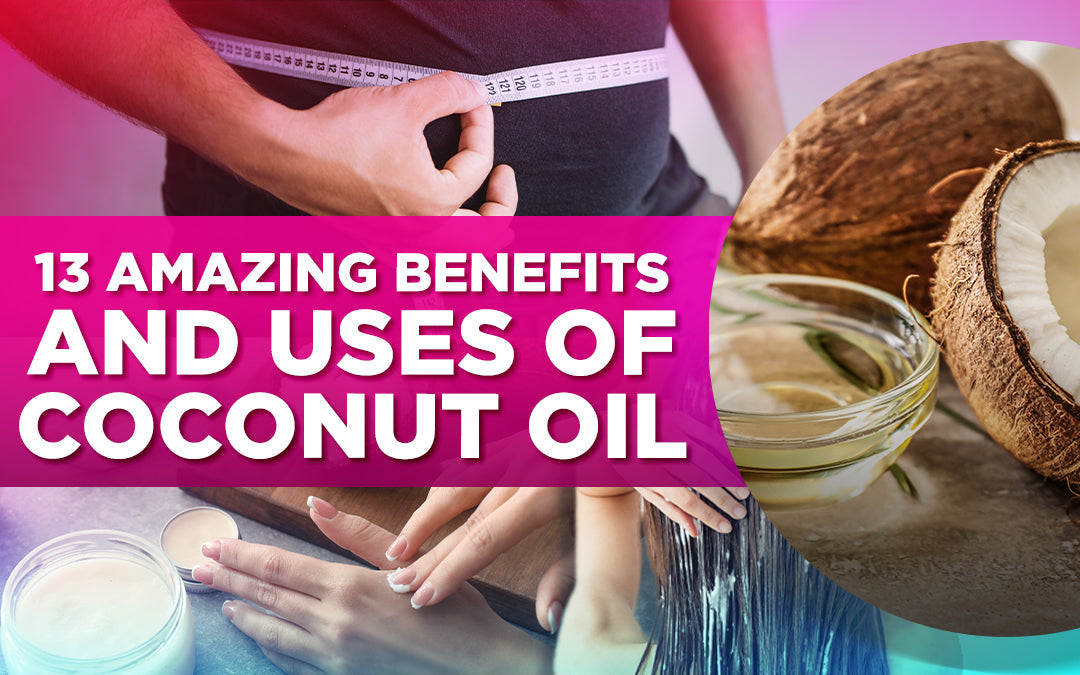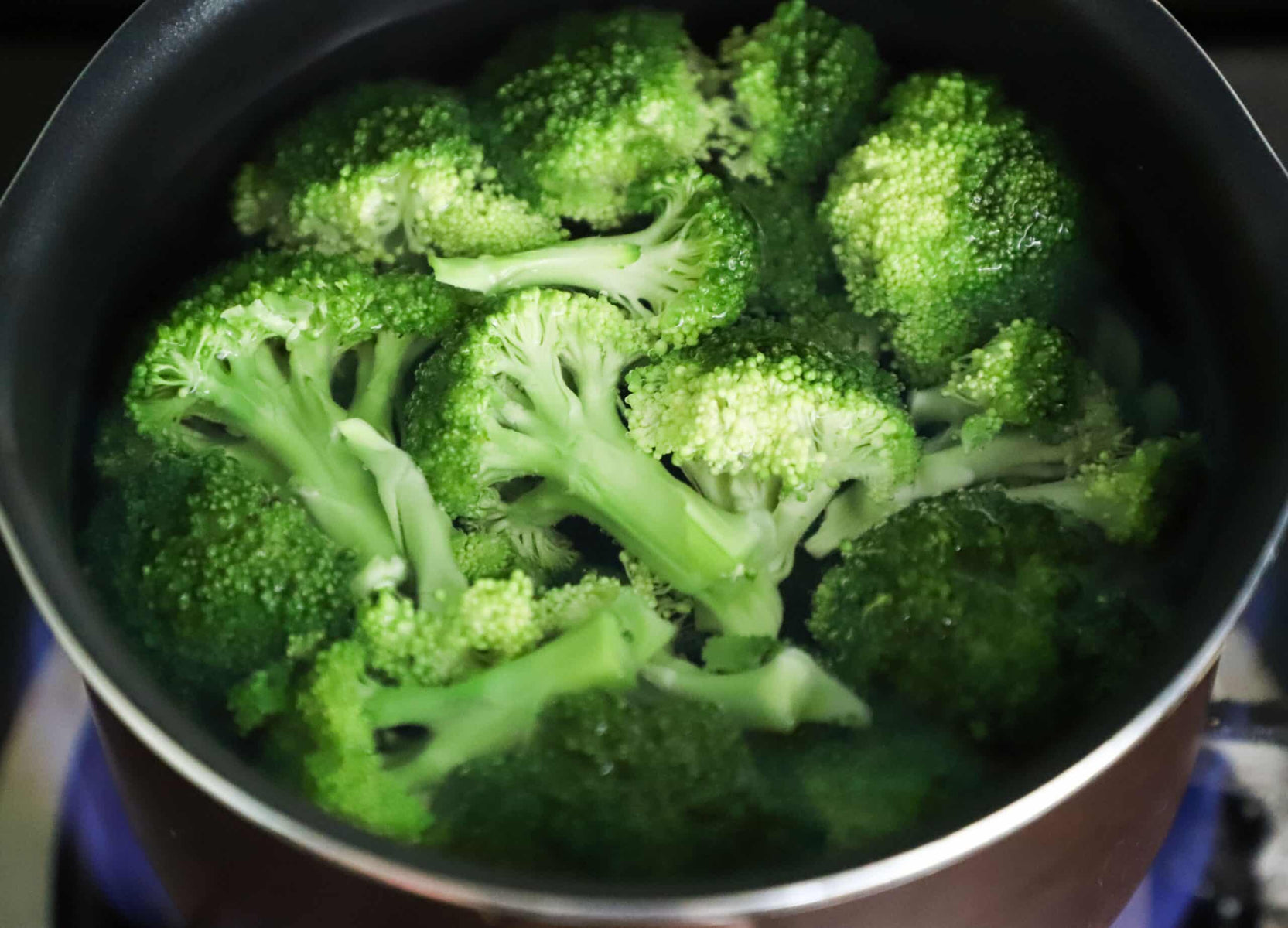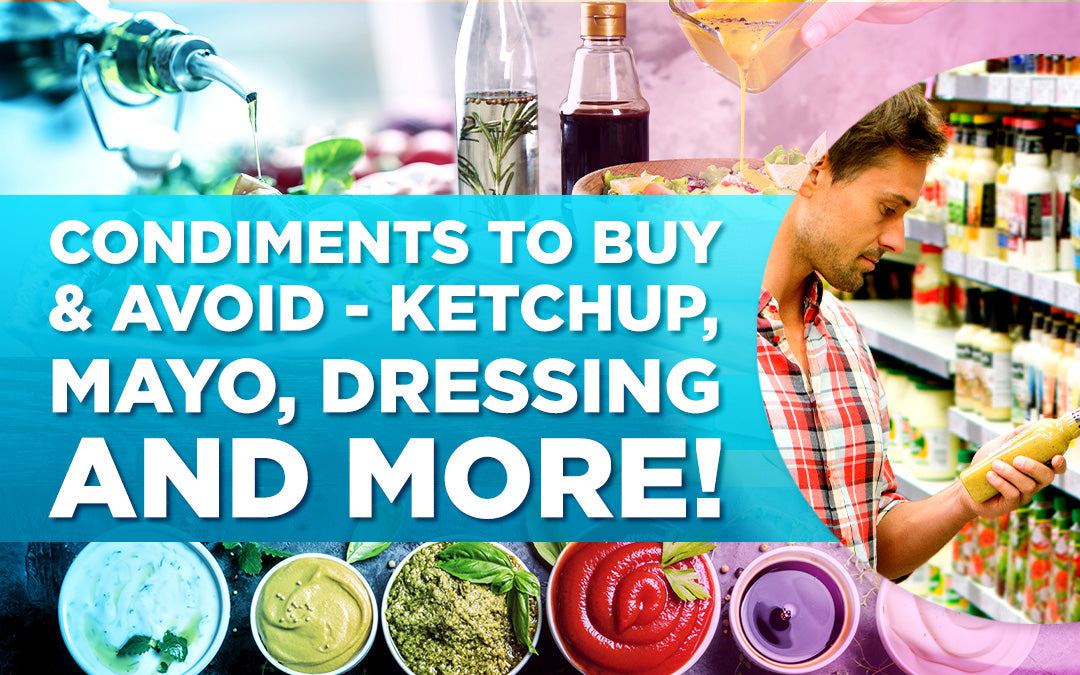Clean 15 Vs. Dirty Dozen [Quick Reference Guide]
Dr LivingoodShare
![Clean 15 Vs. Dirty Dozen [Quick Reference Guide]](http://drlivingood.com/cdn/shop/articles/f063716259e2f8297c2f1ed48c3672ae_78554b6c-309f-4f1b-be01-72aeb1c7be6b.png?v=1760463509&width=1100)
What is the Clean Fifteen, Dirty Dozen?
The Environmental Working Group categorized the 12 (and beyond) most toxic fruits and vegetables (dirty) based on chemical and pesticide contamination levels.
They also rated the top 15 fruits and vegetables that have stronger resistance and better farming practices associated with them to make them cleaner fruits and vegetables.
Although I recommend getting as much organic produce as possible, the clean 15 are safe to buy non-organic. You can save money, enjoy, and not endure an onslaught of pesticides and chemicals.
The dirty dozen are fruits and vegetables to either avoid or to be sure to always pay more and get organic.

The report found that around 70 percent of 48 different fruits and vegetables contained at least one pesticide.
For example, a single strawberry tested positive for 20 different pesticides.
The USDA found a total of 178 different pesticides and pesticide breakdown products in the thousands of produce samples it analyzed.
The pesticides persisted on fruits and vegetables even when they were washed and, in some cases, peeled.
Key Findings of the Report
- More than 98 percent of samples of strawberries, spinach, peaches, nectarines, cherries, and apples tested positive for residue of at least one pesticide.
- A single sample of strawberries showed 20 different pesticides.
- Spinach samples had, on average, twice as much pesticide residue by weight than any other crop.
- Avocados and sweet corn were the cleanest: only 1 percent of samples showed any detectable pesticides.
- More than 80 percent of pineapples, papayas, asparagus, onions, and cabbage had no pesticide residues.
- No single fruit sample from the Clean Fifteen tested positive for more than four types of pesticides.
- Some sweet corn and papayas sold in the United States are GMOs, so choose organic to avoid GMO versions of these crops.
The EWG’s Dirty Dozen & Clean 15 Lists

Summary
Traditional methods of farming need to be put under the microscope as the cost of attempting to produce massive amounts of food at the lowest possible costs often means profit over people. The side effect is toxic food and toxic human beings. Every attempt should be made to get food as chemical-free, real, organic, and as close to nature as intended. Washing produce is a good idea but it does not get rid of all chemicals.
To save money on groceries, follow the above resource for non-organic produce (especially the dirty dozen) but do your best to eliminate the toxins and buy organic.
Share
Related Articles
Most Popular
-
The 5 Amazing Benefits of Omega-3s
August 13, 2024 -
Healing Your ‘Second Brain’: The Path to a Healthier Gut
August 13, 2024







